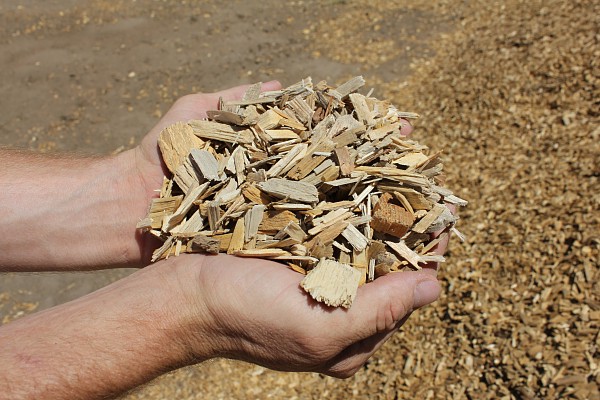Product

August 17, 2017
Advanced High Strength—Wood?
Written by Sandy Williams
The “woodie” automobile, popular in the 1940s and ’50s, may be on its way back, but in a seriously different mode.
Japanese researchers are developing the latest challenge to automotive steel, a super-strength, lightweight product that uses wood as a raw material. Cellulose nanofiber, made from wood pulp, is mixed into plastics forming a product that is one-fifth the weight of steel and five times as strong, according to researchers at Kyoto University.
 Cellulose nanofibers are used in other products, but their potential use for autos is enabled by the “Kyoto process” that kneads treated wood fibers into plastics and simultaneously breaks them down into nanofiber. The process cuts production cost by one-fifth of other processes.
Cellulose nanofibers are used in other products, but their potential use for autos is enabled by the “Kyoto process” that kneads treated wood fibers into plastics and simultaneously breaks them down into nanofiber. The process cuts production cost by one-fifth of other processes.
Researchers at Kyoto are tailoring application of the product for use in auto and aircraft parts and hope to have a prototype car using nanofiber parts completed in 2020, said Kyoto professor Hiroaki Yano. The product would be especially desirable for lightweighting electric cars to minimize how many batteries are required for power.
“We’ve been using plastics as a replacement for steel, and we’re hoping that cellulose nanofibers will widen the possibilities toward that goal,” Yukihiko Ishino, a spokesman at Daikyo-Nishikawa told the Japan Times. Daikylo-Nishikawa customers include Toyota Motor Corp. and Mazda Motor Corp.
Mass production of one kilogram of cellulose nanofiber is about 1000 yen or $9. Yano hopes to reduce the cost by half and, when combined with plastic, make it competitive against high tensile steel and aluminum alloys.
{loadposition reserved_message}
The product is far from achieving commercial viability. Besides trimming production costs, methods of attaching the parts made from the new material need to be explored. The product is unlikely to threaten the steel or aluminum industry for years to come, but is yet another example of innovative approaches to creating strong and lightweight materials for the automotive industry.







